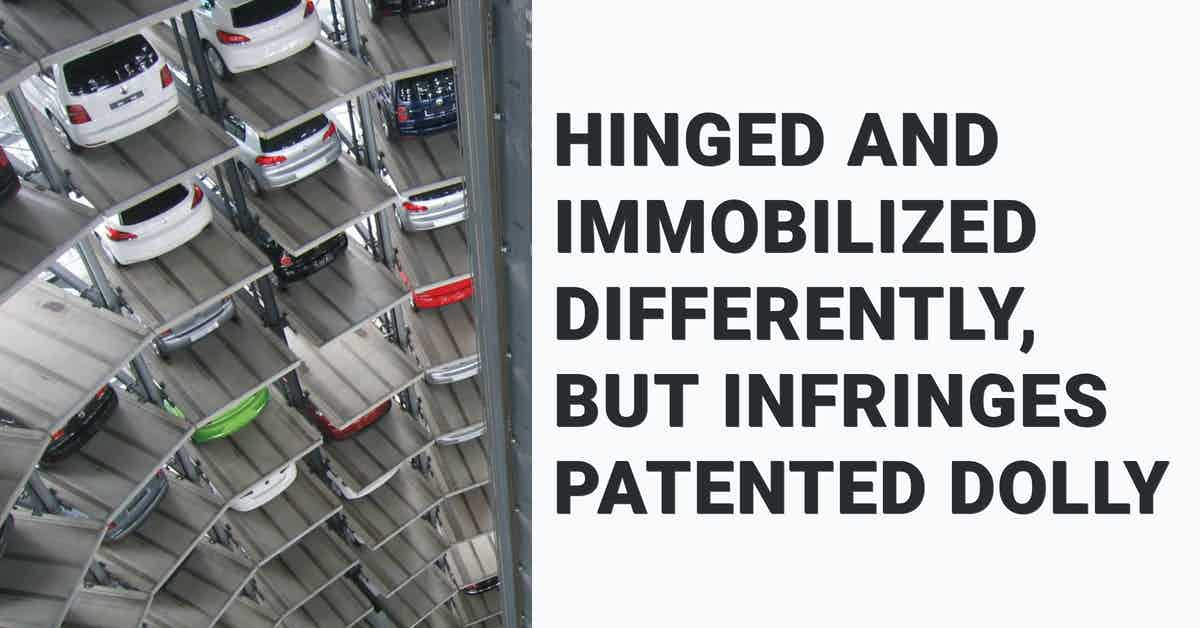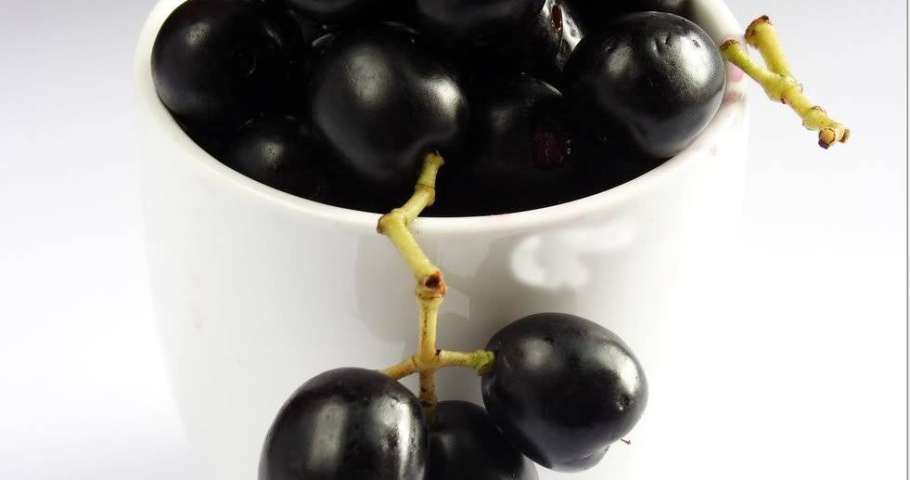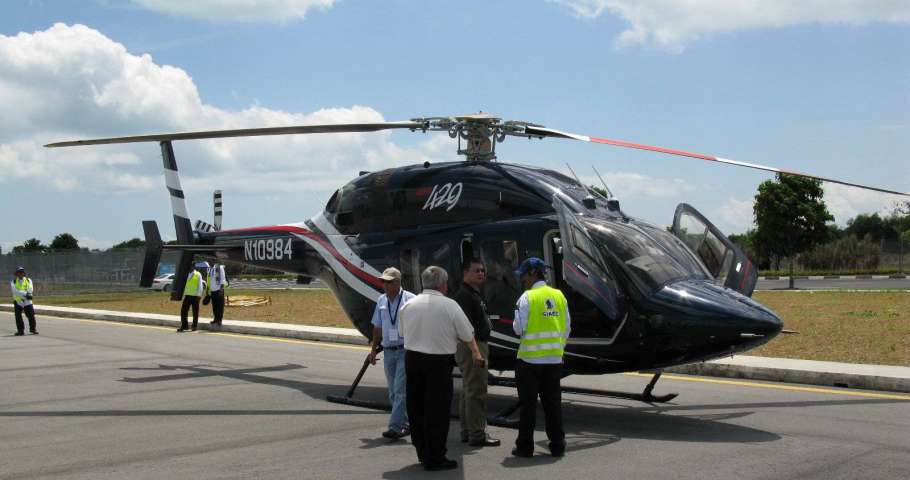The plaintiff in this case filed an infringement suit against the defendants, users and suppliers of products covered under the Patent 214088 dated 13th March 2002 titled ‘Carriage for the horizontal transfer of motor vehicles in automatic mechanical car parks.’ The claims in the patent relate to a self-propelled carriage on wheels, for horizontal transfer of motor vehicles by lifting two or more wheels, in single or multi automatic mechanical car parks. The product is commonly known as a ‘Dolly’ or a ‘Silomat Dolly’.
The first defendant in the case floated a tender for installing dollies at its premises, which was later granted to defendant 4. Defendant 3 and defendant 4 are related, and defendant 3 had a prior relationship with the plaintiff, and was in possession of some confidential information of the plaintiff relating to dollies. The fourth defendant installed dollies referred to as ‘Smart Dollies’ and claimed in response to the suit that the dollies installed are not infringing, and that the defendants are exempt from liability under Section 107A(b) pertaining to parallel imports.
The Court appointed scientific advisors to compare claims of the patent with the products installed by the defendant. On comparison, the scientific advisors came to the conclusion that 17 of the 19 claim elements were present in the product. The two elements not present according to the scientific advisors were hinging and immobilization of rear wheels. After hearing the opinion of the scientific advisors about the differing elements, the Court came to the conclusion that the elements not present were insubstantial and unessential, and that the product was infringing despite the differences in those elements.
While arriving at its conclusion, the Court cited the all elements rule, pith and marrow test, in substantial equivalent test, essentiality test, and function-way-result test whilst canvassing for purposive construction of a patent. Though the patent was due to expire on 13th March, 2022, the Court pointed out that the plaintiff deserves an injunction, and that adequacy and calculability of damages cannot come in the way of granting an injunction. It also pointed out that infringing products made during the patent term can be restrained even after the patent expires.
While granting the injunction to the plaintiff, the Court also addressed arguments pertaining to parallel imports exemption under Section 107A(b) put forth by the defendants. It pointed out that Indian patent law provides for national exhaustion and not international exhaustion like the Trademarks Act. It stated that the words “patented products” in the provision must be understood as products patented in India, and that the words “authorized under any law” must be construed as authorized under Indian law. Based on its construction of Section 107A(b), the Court came to the conclusion that a product covered under a foreign patent cannot provide an exemption to infringement of a valid Indian patent.
Case Citation: Sotefin Sa vs Indraprastha Cancer Society And …, Decided by Delhi High Court on 17 February, 2022, available at:https://indiankanoon.org/doc/158740363/, visited on 21st February, 2022.



